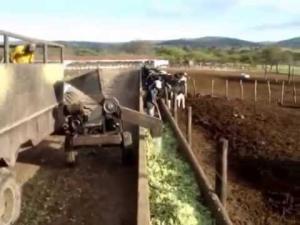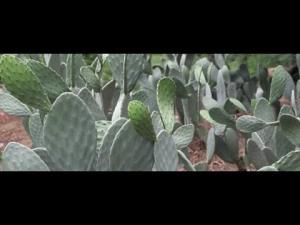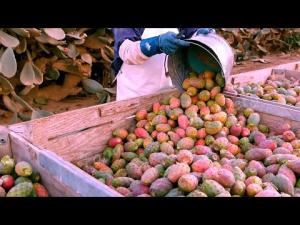| Video | Title/Summary | Crops | Institution |
|---|---|---|---|
 |
Dr. José Dantas Neto - Professor Aposentado Da UFCG E Sócio Efetivo Do IHGSL
|
||
 |
Feeding cactus to cows in large farming operations Feeding cactus (Opuntia) to cows in Brazil. Author: José C. Dubeux, Universidade Federal Rural de Pernambuco (UFRPE), 2011 |
||
 |
Can Chickens Have Cactus? Maisie trying and reviewing prickly pear Cactus |
||
 |
BAIF | Spineless Cactus | Fodder | 2020
Importance of cactus, different types of cactus, method of cactus planting, maintenance of cactus plantations, cactus harvesting, cactus feeding to animals |
||
 |
Cultivation And Harvesting Prickly Pear - Amazing agriculture Technology - Prickly Pear Processing Have you ever eaten a prickly pear? Today we will go to the prickly pear cactus plantations in South America to see how the farmers here cultivate and harvest millions of prickly pears. |